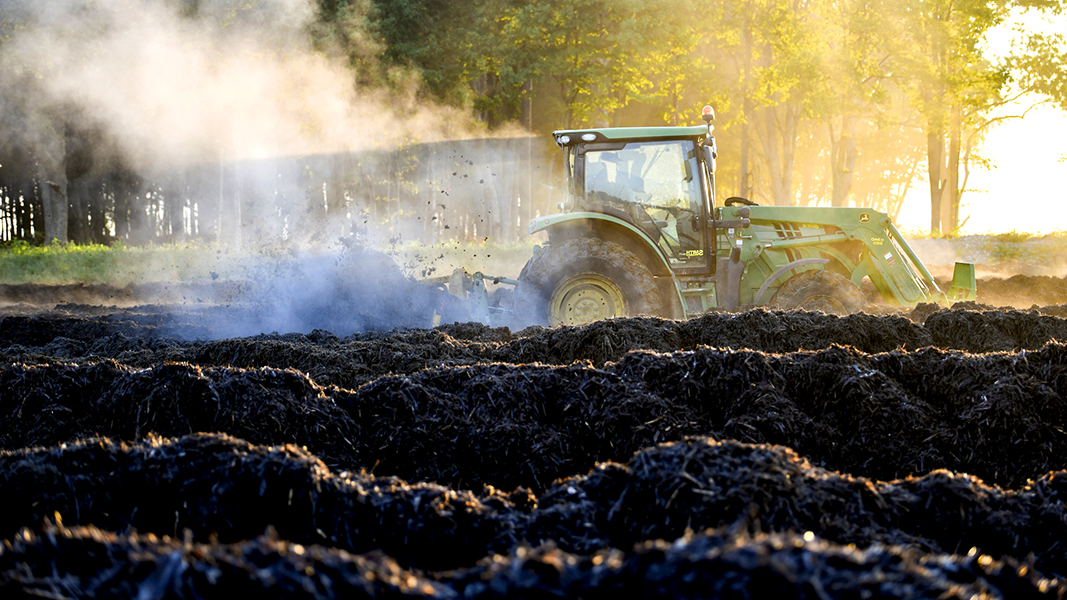Top: Caldwell’s Inc.’s composting facility in Morristown, Indiana. Photo courtesy of Caldwell’s, Inc.
The US Composting Council (USCC) has signed an agreement with the Environmental Research and Education Foundation (EREF) to undertake the first in-depth study of the commercial composting sector. The EREF will be facilitating the study, which will gather data that ranges from facility throughput, compost volume sold, employee headcount and other downstream financial impacts of the industry, to the current state of practice regarding equipment types, tipping fees, feedstock types and technologies. Survey data will be aggregated to paint a complete picture of the industry, providing needed metrics for decision making by USCC members and allied industries, policy makers and municipalities, and the overall organics recycling industry. The report will also provide an analysis of program availability and will assist in infrastructure development. The summer of 2021 will be spent developing the methodology and identifying data sources, with survey data collection getting underway later in the year.
In addition, the USCC initiated a Compost Manufacturer Member (CMM) survey in March 2021 that requested information on composting facility throughput — feedstocks taken into their facilities and total tons or cubic yards of compost sold during calendar year 2020. The purpose of this survey was to get a first-time estimate of CMM’s impact on greenhouse gas avoidance, carbon sequestration and fertilizer value. Although the response rate to the survey was low, the data indicate that 40% of compost manufactured is used in landscaping applications; use in agriculture, topsoil blending and parks and roads account for 10% each; and commercial horticulture (5%), golf courses (2%) and mine reclamation (1%) make up the balance. For agriculture, the 10% is equal to 513,599 tons of compost applied.
The CMMs responding to the survey composted about 8 million metric tons of feedstock, producing about 4.7 million metric tons of compost. Of the total, 78% was applied to soil, or 3.6 million metric tons at an average moisture content of 50%. “This is equivalent to an estimated 367,891 US tons (333,839 metric tons) in the study year 2020 of carbon dioxide equivalents (CO2-eq) in soil, which is equivalent to USD $20,531,104 in carbon dioxide value (assuming 1 metric ton of CO2 is $61.50) based on World Bank estimates,” reports USCC. The carbon sequestration calculations were provided by Jane Gilbert of Carbon Clarity.














